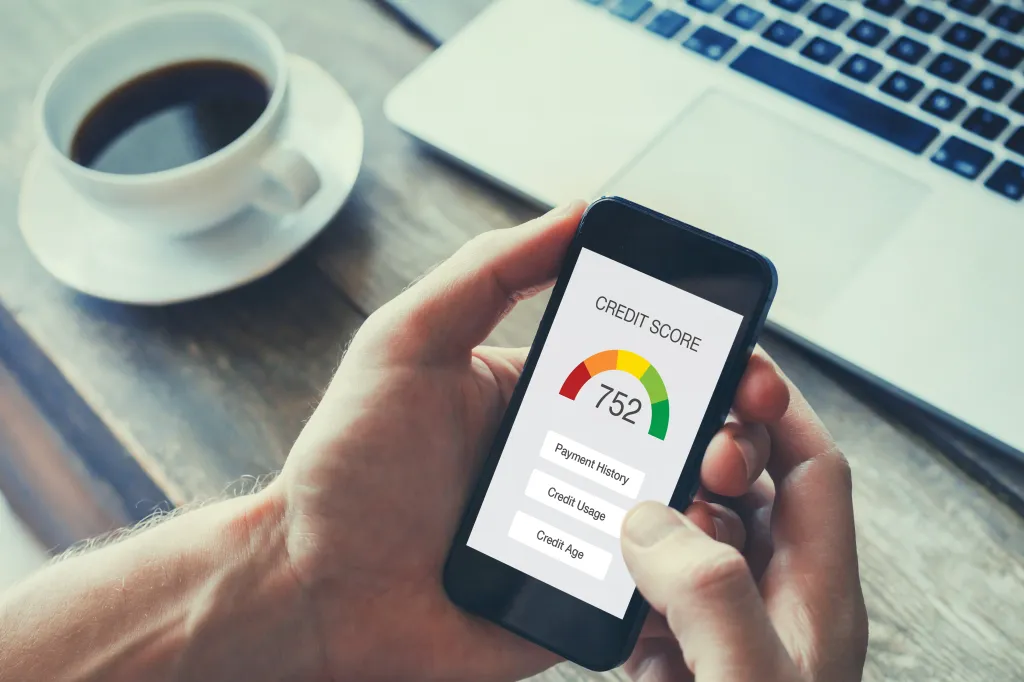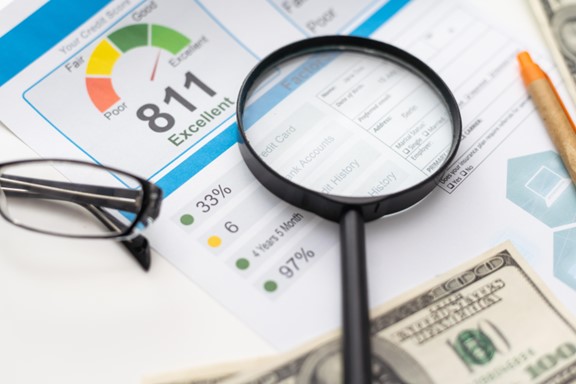TLDR
-
Understand your full financial picture: Know your total debt (student loans, credit cards), income, and expenses.
-
Know your loan details: Differentiate between government (often 6-month grace period, interest accrues) and bank loans (terms vary). Explore repayment options like RAP.
-
Budget wisely & build savings: Create a realistic budget (like 50/30/20), prioritize an emergency fund even while repaying debt, and manage credit cards responsibly.
-
Your credit score matters: Learn how it impacts future borrowing (mortgages, car loans) and take steps to build a positive history.
-
Don’t hesitate to seek help: A financial advisor can provide personalized strategies, especially when feeling overwhelmed or facing major decisions.
Okay, deep breaths. You did it! Years of studying, late nights, and countless assignments are behind you. You’ve got the degree, or maybe have landed that first post-grad job (or you’re actively pursuing opportunities!). It’s exciting, but graduating often brings new homework: figuring out finances, especially student loans.
Feeling overwhelmed? You’re not alone. Transitioning to the workforce means juggling new income, bills, rent, maybe a car, and looming student debt. The good news? Managing it is achievable. This isn’t about restriction; it’s about empowerment – gaining the knowledge for smart choices and a solid financial future.
Step 1: Understand Your New Financial Reality
Before mapping your journey, know your starting point. For many Canadian post-grads, student debt is significant, often $25,000 or more, especially for longer programs. Start with a financial review:
-
List All Debts: Beyond student loans, include credit cards, car loans, lines of credit, and personal debts. Note the balance, interest rate, and minimum payment for each.
-
Track Your Income: What’s your after-tax income? If variable, track it for a month or two for a realistic average.
-
Know Your Expenses: Where does your money go? Track everything for a month – rent, utilities, groceries, transport, subscriptions, entertainment. Budgeting apps can help. Check-out our Monthly Cash Flow Calculator to get a clear picture of your monthly cash flow.
Getting this clear picture isn’t meant to scare you; it’s about control. Knowledge is power!
Step 2: Navigate Your Student Loan Debt
Not all student debt is the same. Understanding your type is crucial:
-
Government Student Loans (Federal & Provincial):
-
Typically have a 6-month grace period after studies finish; no payments required yet.
-
Important: Interest usually starts accumulating on the federal portion immediately after graduation, even during grace! Provincial rules vary (some may be interest-free during grace), so check your situation.
-
After grace, regular payments (principal + interest) begin based on your chosen plan.
-
Bank-Issued Loans or Student Lines of Credit:
-
These are private loans from financial institutions (FIs) with varying terms.
-
Grace periods might extend up to 24 months post-graduation, depending on the FI.
-
Interest rates can be variable or fixed depending on the loan type. Personal loans tend to have fixed interest rate terms, whereas Lines of Credit usually have variable rates.
-
Repayment terms (length, payment amounts) are set by the bank. Personal loans have fixed terms; lines of credit terms often depend on the amount borrowed.
Where to start: Log in to your National Student Loans Service Centre (NSLSC) account and any provincial portals for government loans. Confirm balances, rates, and grace period end dates. For bank loans, review agreements or contact your bank. Don’t assume – verify!
Step 3: Explore Debt Repayment Options
You know what you owe. How do you tackle it?
-
Repayment Assistance Plan (RAP): If government loan payments are tough due to low income, look into RAP. It can lower (even to zero) monthly payments for six months. Qualification depends on income and family size; apply if needed. It’s a vital safety net.
-
Repayment Strategies when you can afford to make extra payments:
-
Apply any extra payments to the loan with the highest interest first. This will save you money on interest costs, and it could shorten the repayment timeline.
-
Alternatively, you can choose to target the loan with the smallest balance first, then once that loan is paid, you can roll that freed-up payment into the next-smallest debt to build momentum.
-
Which is best? Depends on your situation. Best strategy is to always consider talking to a financial advisor for a personalized plan.
-
Consolidation & Refinancing (Use with Caution): You can consolidate several loans into one: federal student loans can be combined automatically through the NSLSC, while private debts might be bundled with a new line of credit to lock in a lower rate and simplify tracking; Alternatively, refinancing replaces an existing loan (or group of loans) with a new private loan offering hopefully better terms—but converting government student loans into private debt is risky because you’d lose protections such as the Repayment Assistance Plan, so always compare rates, carefully review every clause, and, it’s always a good idea to run the numbers with a trusted financial advisor professional.
Step 4: Post-Grad Smart Money Management
Debt re-payment is key, but you need to live, save, and maybe have fun too.
-
Budget Like You Mean It: Use your income/expense tracking to create a realistic budget. The 50/30/20 Guideline is a good start:
-
50% for Needs (rent, utilities, groceries, minimum debt payments, transport).
-
30% for Wants (dining out, hobbies, travel, subscriptions).
-
20% for Savings & Extra Debt Payments (emergency fund, retirement, extra loan payments).
-
Adjust it: This is only a guideline. If you have a lot of high-interest debt, maybe the “Savings & Debt” percentage needs to be bigger. Find what works for you!
-
Build An Emergency Fund: Life can happen (car trouble, job loss). An emergency fund is your cushion. Aim for 3-6 months of essential living expenses in a separate, accessible savings account. Yes, even while paying debt! Start small; even $20-$50 per paycheque adds up. This prevents small crises from derailing repayment or forcing high-interest credit card debt.
-
Understand Your Credit Score: Your credit score (typically 300-900 in Canada) is your financial report card. Lenders use it for loan approvals (mortgages, car loans) and interest rates. You can check your credit score at either of Canada’s two main credit bureaus – Equifax or TransUnion. RBC Online Banking clients can also access a free credit report here, or sign in to the RBC Mobile app.
-
Use Credit Cards Wisely: Used responsibly, they build credit. However, credit cards are a tool, not free money.
-
Pay the balance in full monthly if possible. If not, pay well above the minimum. Carrying balances means high interest.
-
Keep credit utilization low (don’t max out cards).
-
Build a Healthy Credit History:
-
Pay ALL bills on time (loans, credit cards, phone). Payment history is key.
-
Don’t apply for too much credit at once (each application can temporarily lower your credit score).
-
Keep old, no-fee accounts open; length of history matters.
Step 5: Know When to Seek Professional Financial Advice
You don’t have to go it alone. Personalized advice can be invaluable.
-
Consult a Financial Advisor if:
-
You feel overwhelmed.
-
You’re juggling complex goals (debt, saving for house, investing).
-
Considering major decisions (consolidation, refinancing, investing).
-
You want a long-term, personalized plan.
-
Preparing for Your Meeting:
-
Gather financial documents (pay stubs, loan statements, bank info, list of assets/debts) – your homework from Step 1!
-
Think about your short- and long-term goals.
-
Prepare questions. All questions that help you understand are good questions. At RBC our Credit Specialists can help you understand your options. Find your closest branch here.
Conclusion: You’ve Got This!
Stepping into post-grad life financially prepared seems daunting, but you can do it. Understanding your situation, loan terms, repayment strategies, budgeting, and building credit are keys to confidence.
Your financial journey is a marathon, not a sprint. Review your budget and goals regularly. Seeking help (government resources or a financial professional) is a sign of strength. At RBC, we’re here to help you find the right financial products, and provide professional financial advice for your next stage.
You’ve already achieved a massive goal by graduating. Apply that focus to your finances, and you’ll set yourself up for success long after your diploma is framed. Welcome to the next chapter – you’re more equipped than you think!






